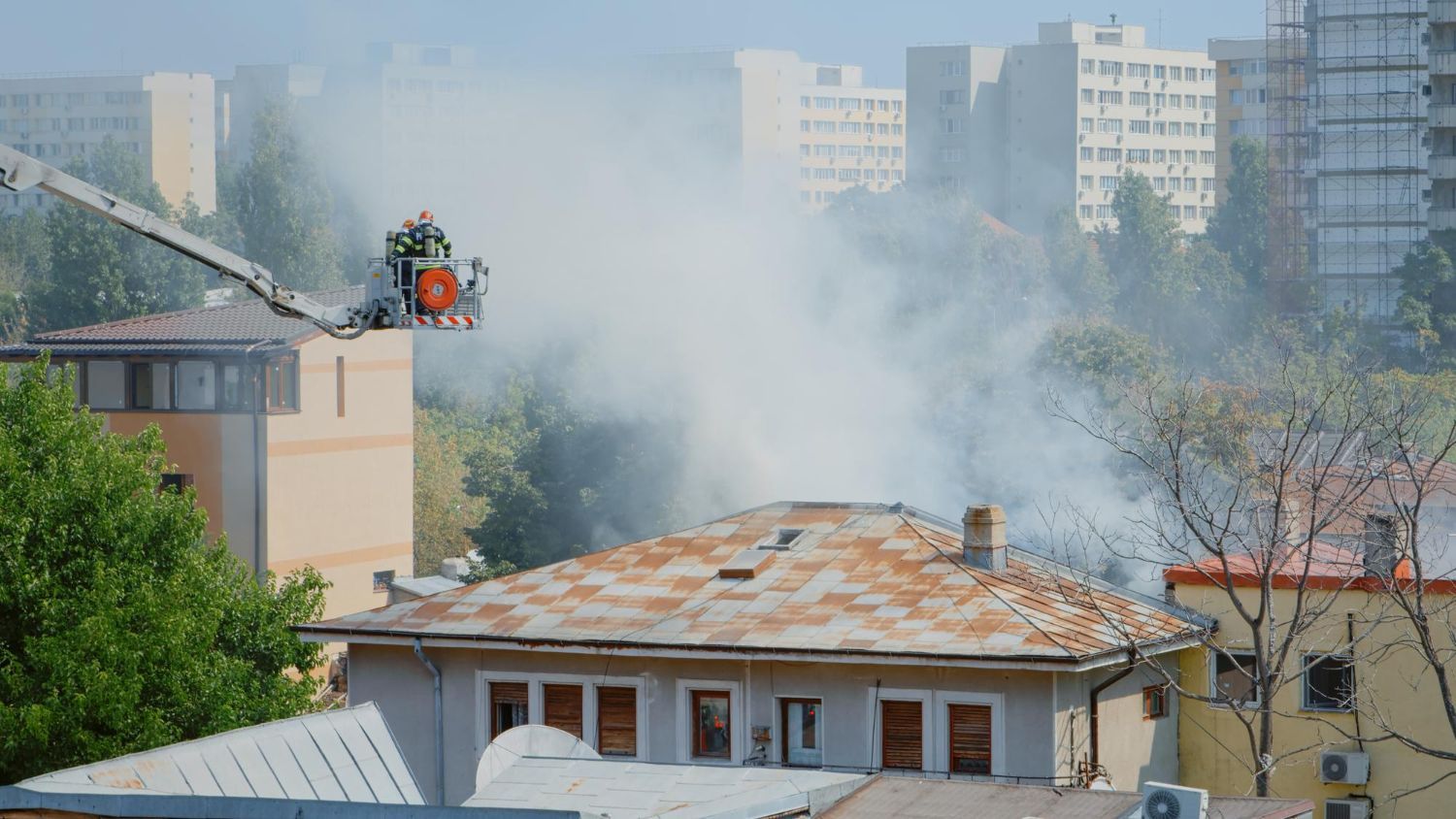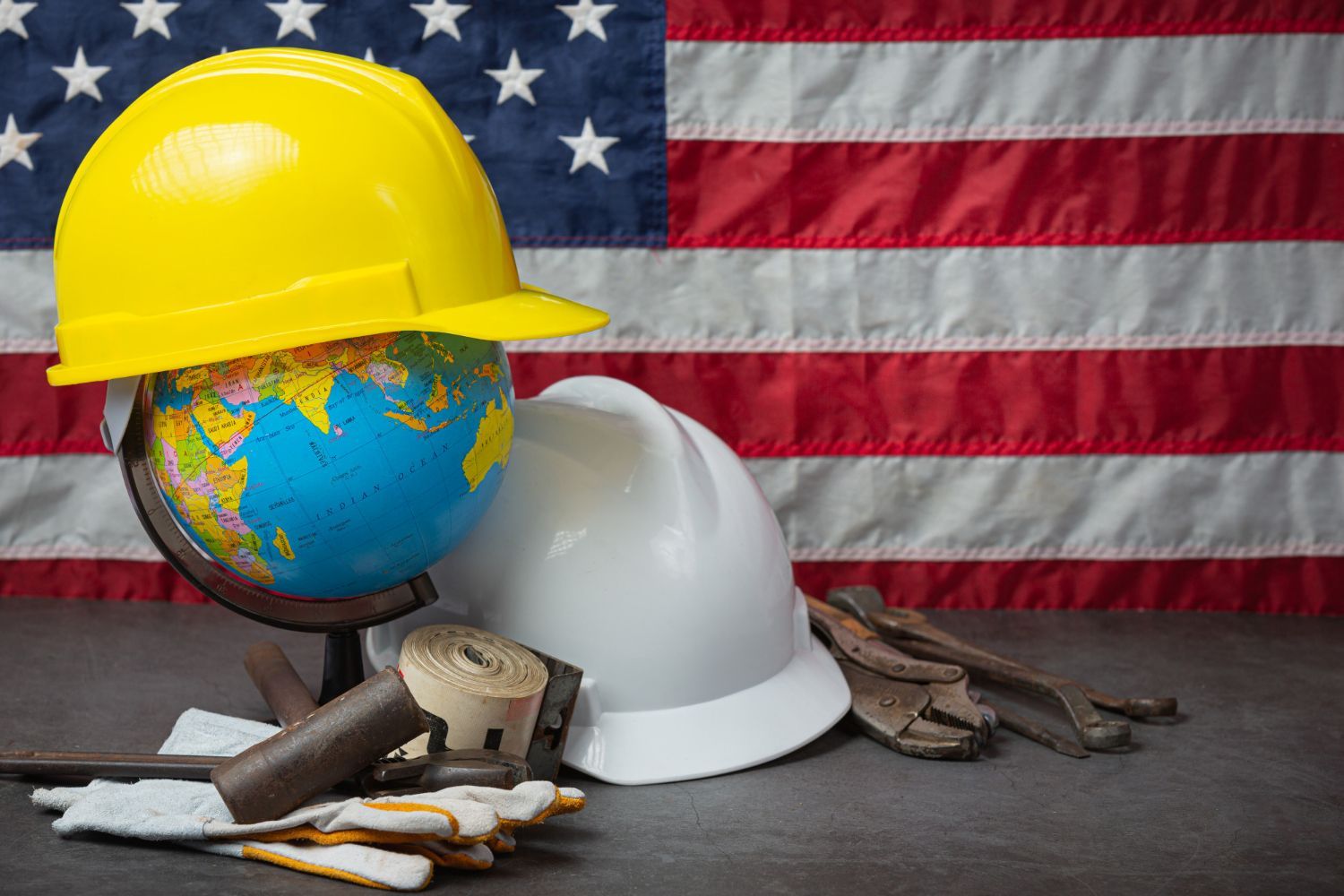Why Siding Installation Is One of the Best Home Improvements You Can Make
If you’re thinking about updating your home, siding might not be the first thing that comes to mind—but maybe it should be. Whether you’re dealing with an aging exterior, planning to boost curb appeal, or just trying to make your home more energy-efficient, installing new siding is one of the best upgrades you can invest in.
For homeowners considering siding installation Seattle, it’s not just about aesthetics. Seattle’s weather, with its constant drizzle and changing seasons, demands durable, weather-resistant siding that does more than just look good.
Let’s walk through why this is such a smart move, what your material options are, how to choose the right contractor, and how this investment pays off long-term.
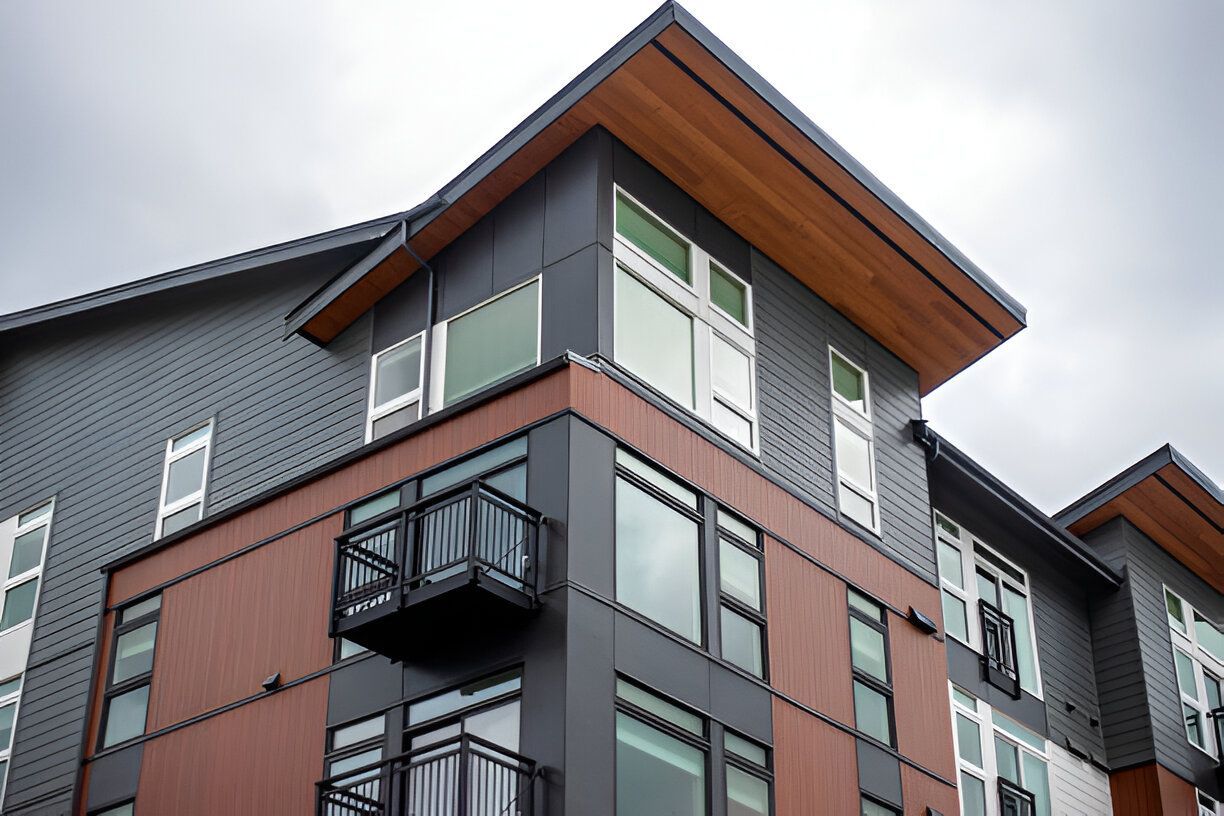
What Is Siding and Why Is It So Important?
Siding is the material that wraps around the outside of your home. It’s your first line of defense against rain, wind, and temperature shifts. But it also does more than just protect.
Here’s what siding really does:
- Shields your home from moisture and weather damage
- Adds insulation and helps with energy efficiency
- Deters pests and insects
- Defines the overall style and appearance of your house
With the right siding, your home can look brand new and perform better against the elements—especially important in rainy cities like Seattle.
What Makes Siding Installation a Smart Investment?
1. It Instantly Improves Curb Appeal
First impressions matter. New siding can transform your home’s exterior, making it more appealing to both guests and potential buyers. Whether you go for bold modern colors or a clean, traditional look, new siding gives your home a fresh feel.
2. It Increases Home Value
Real estate data consistently shows that siding replacement offers one of the highest returns on investment (ROI). Many homeowners recover 70%–80% of the installation cost when selling their home.
3. It Helps You Save on Energy Bills
Outdated or damaged siding can let air escape, making it harder to heat or cool your home. Modern siding systems, especially when combined with added insulation, help regulate indoor temperature year-round.
4. It Protects Your Home from the Elements
Living in Seattle means dealing with moisture—a lot of it. Quality siding acts as a barrier, keeping your structure dry and preventing issues like mold, mildew, and rot. Choosing the right material makes all the difference.
5. It’s Low-Maintenance
Many modern siding options require very little upkeep. No more scraping and repainting every few years. Just occasional cleaning and inspections can keep your siding looking great for decades.
Siding Materials Worth Considering
Not all siding is created equal. The best material for your home depends on your budget, style, and how much maintenance you’re willing to do. Here are the most popular types:
Vinyl Siding
- Extremely durable and moisture-resistant
- Fire-resistant and pest-resistant
- Perfect for wet climates like Seattle
- Costs more than vinyl but lasts longer and boosts home value
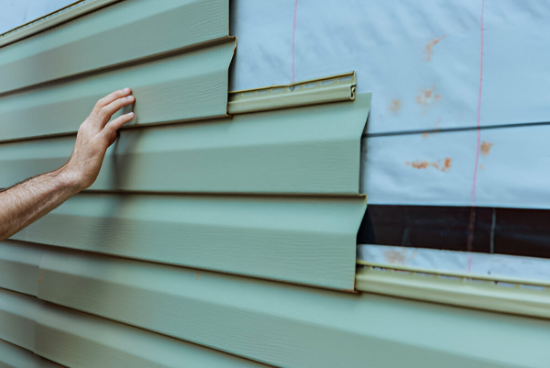
Fiber Cement Siding (Like James Hardie)
- Extremely durable and moisture-resistant
- Fire-resistant and pest-resistant
- Perfect for wet climates like Seattle
- Costs more than vinyl but lasts longer and boosts home value
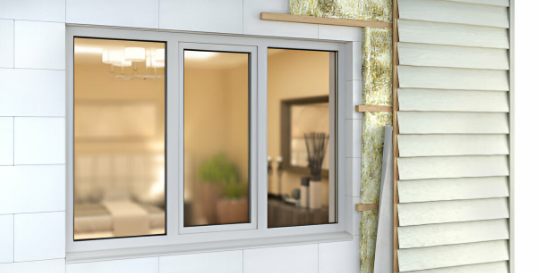
Engineered Wood Siding
- Mimics the look of real wood but is more resistant to rot and insects
- Environmentally friendly options available
A nice balance between appearance, durability, and price
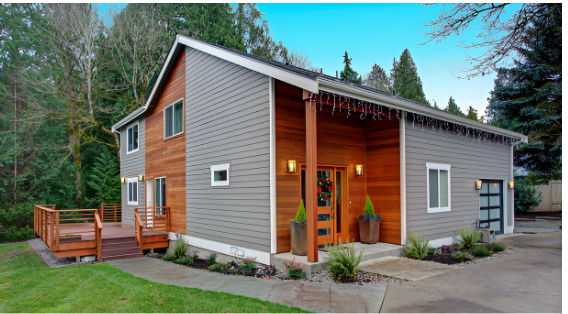
Metal Siding (Aluminum or Steel)
- Strong and long-lasting
- Ideal for modern home styles or commercial buildings
- Resists fire and pests
- Can be pricey and less common in traditional residential neighborhoods
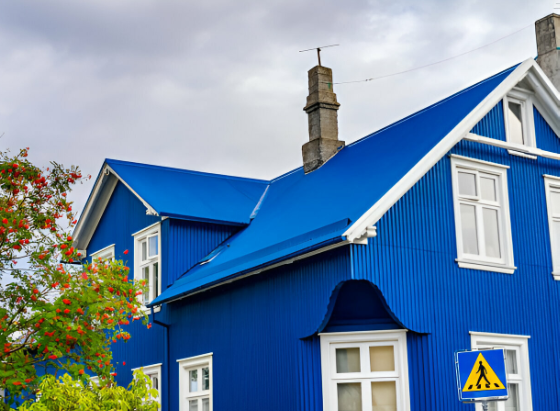
Why Hiring a Professional Contractor Is Crucial
Even the best materials won’t perform well if they’re installed poorly. That’s why working with experienced siding contractors Seattle is one of the most important steps in the process.
What You Get With a Pro:
- Knowledge of how materials hold up in Seattle’s damp climate
- Experience with local codes and permitting
- Efficient installation that avoids common DIY mistakes
- Warranty-backed labor and materials
A contractor will also help you choose the right siding for your goals, budget, and neighborhood style.
Tips for Choosing the Right Siding Contractor
It’s important to vet your contractor before signing anything. Here’s what to keep in mind:
1. Check Credentials
Before hiring any siding contractor in Seattle, the first thing you should do is check their credentials. Are they licensed to work in Washington State? A valid license ensures they meet local codes and standards. Also, make sure the contractor is insured and bonded. This protects both you and the workers in case of accidents or property damage during the project. A reputable contractor won’t hesitate to show proof of all these things—they know it builds trust from the start.
2. Ask for Local References
Word of mouth goes a long way. Ask the contractor for a list of local homeowners they’ve worked with. Reach out to those references and ask how their experience was. Were they happy with the work? Did the contractor finish on time? Also, check online reviews and browse photo galleries of completed siding jobs. Before-and-after photos can give you a real sense of the quality of their work, and it’s one of the easiest ways to spot attention to detail.
3. Get Multiple Estimates
Don’t just settle for the first quote you receive. It’s smart to get at least three estimates from different siding contractors. This will give you a better understanding of market rates and help you compare more than just price—look at what each contractor is offering. Do they include cleanup? Are they factoring in custom trims or extra weatherproofing? The cheapest estimate might not offer the best value. Always consider workmanship, warranty, and reliability in your decision.
4. Understand the Materials Offered
Siding materials can make a huge difference in both appearance and performance. Ask what types of materials the contractor uses. Are they experienced in installing fiber cement siding like James Hardie, vinyl, wood, or engineered wood? Do they offer products from well-known, trusted brands? It’s also a good idea to check if they’re certified installers, especially for high-end brands like James Hardie, which requires specific training. Lastly, ask about warranties—both manufacturer warranties and workmanship guarantees. This ensures you’re protected long after the work is done.
Real-Life Example: A Seattle Siding Makeover
One Seattle homeowner in the Green Lake neighborhood recently replaced their old cedar siding with fiber cement panels. The crew of local siding contractors in Seattle removed rotted boards, added new moisture barriers, and installed modern gray siding with black trim.
The results? Not only did the home look brand new, but the homeowner also reported better insulation and a noticeable drop in their energy bills. Plus, the improved exterior helped justify a higher rental price for the downstairs unit.
How to Keep Your New Siding in Top Shape
Once your new siding is installed, maintenance is easy. Here’s how to extend its life:
- Wash it once or twice a year to remove dirt and mildew
- Check for damage or cracks after extreme weather
- Reseal or repaint (if needed) every few years
- Keep landscaping trimmed away from walls
Why Siding Is a Future-Proof Investment
Homes that look good and perform well in harsh weather are always in demand. Siding doesn’t just protect your home—it makes it more livable and marketable.
If you’re planning to sell in the next few years, siding can dramatically improve your listing photos and attract better offers. If you’re staying put, you’ll enjoy better insulation, lower bills, and peace of mind.
And in a city like Seattle, where moisture is constant, working with an experienced siding contractor Seattle WA means you get the right materials and the right protection.
See Also: How You Can Save on Energy Bills with Insulated Siding
FAQs About Siding Installation
How do I know it’s time to replace my siding?
Look for cracks, warping, faded colors, mold, or rising energy bills. If your siding is 20+ years old, it may be time.
How much does siding installation cost in Seattle?
Depending on your home’s size and the material, expect to spend between $10,000 and $25,000.
What’s the best siding for Seattle’s rainy climate?
Fiber cement and engineered wood are top picks for moisture resistance and longevity.
How long does siding installation take?
Most homes take about 1–2 weeks, depending on complexity and weather.
Can I install siding myself?
It’s possible, but not recommended unless you have experience. Improper installation can lead to leaks and void warranties.
Will new siding really increase home value?
Absolutely. It improves curb appeal, energy efficiency, and can lead to a high ROI when you sell.
Final Thoughts
Siding might not be as flashy as a kitchen remodel, but it’s one of the smartest ways to upgrade your home. It protects what’s underneath, lowers your energy bills, and boosts your home’s value and appearance.
For Seattle homeowners, siding isn’t optional—it’s essential. And when you team up with a trusted siding contractor in Seattle WA, you can be confident your home will be ready for anything the weather brings.
We Offer All the Services You Need in One Place! We Will Save You Time and Money!
Call Us at (425) 521-7916 Now to Get a Free Estimate or a Free Consultation for Any of Our Services!

